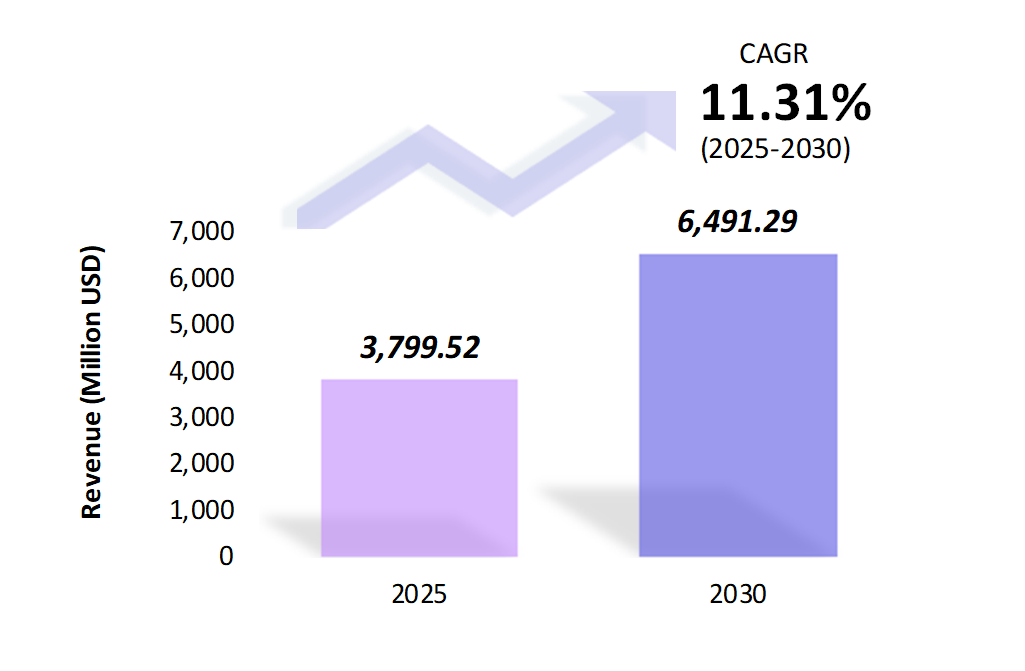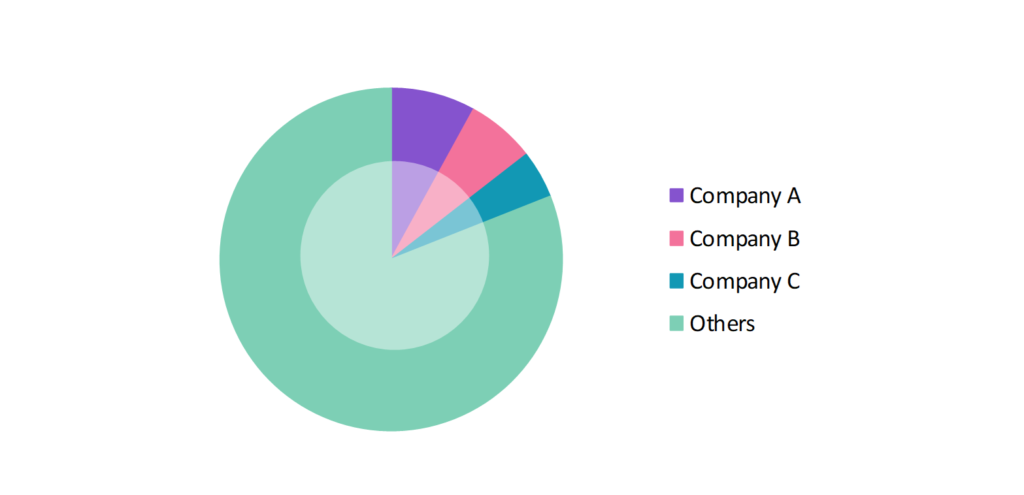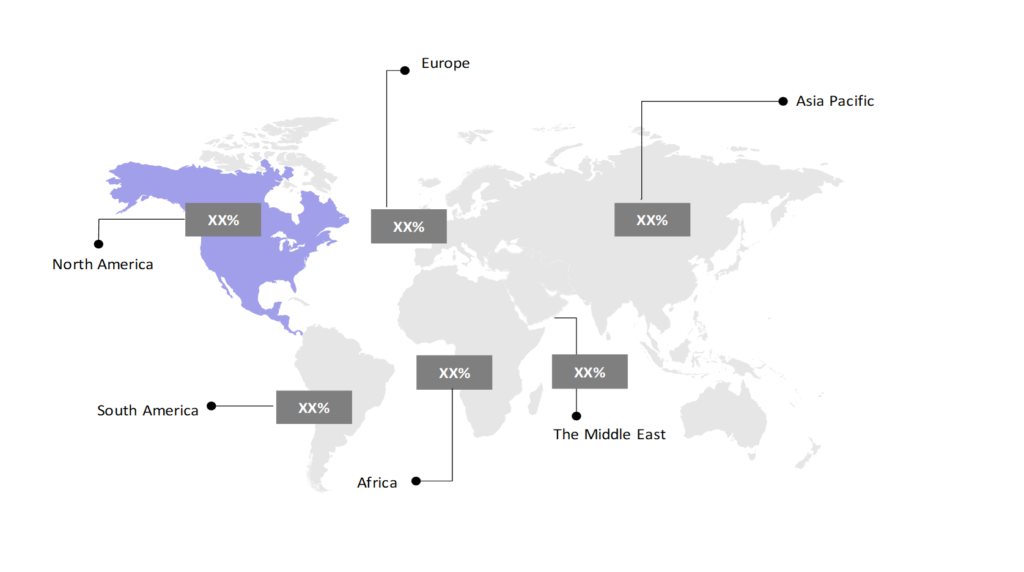Aviation Analytics Market Outlook: Size, Share, Trends & Growth Analysis (2024-2029)
The market report offers a detailed analysis segmented by Component (Services, Solutions); by End User (OEMs, Airlines, Airports, MROs); by Geography (North America, South America, Asia Pacific, Europe, The Middle East, Africa).
Outlook

- The aviation analytics market is estimated to be at USD 3,799.52 Mn in 2025 and is anticipated to reach USD 6,491.29 Mn in 2030.
- The aviation analytics market is registering a CAGR of 11.31% during the forecast period 2025-2030.
- Aviation analytics leverages data-driven insights to optimize various aspects of aviation operations, from maintenance and fuel efficiency to customer service and route management, becoming crucial for operational efficiency and cost reduction.
Request a free sample.
Ecosystem

- The participants in the global aviation analytics industry are advancing in predictive maintenance, real-time analytics, and customer insights.
- These companies are investing in analytics tools to enhance customer experience through personalization, along with collaborations between airlines and analytics companies to expand their service portfolios and maintain a competitive edge in the market.
- Several important entities in the aviation analytics market include IBM Corp.; Ramco Systems Ltd.; SAP SE; Swiss-AS; Lufthansa Technik AG; and others.
Ask for customization.
Findings
| Attributes | Values |
|---|---|
| Historical Period | 2019-2023 |
| Base Year | 2024 |
| Forecast Period | 2025-2030 |
| Market Size (2025) | USD 3,799.52 Mn |
| Market Size (2030) | USD 6,491.29 Mn |
| Growth Rate | 11.31% CAGR from 2025 to 2030 |
| Key Segments | Component (Services, Solutions); End User (OEMs, Airlines, Airports, MROs); Geography (North America, South America, Asia Pacific, Europe, The Middle East, Africa) |
| Key Vendors | IBM Corp.; Ramco Systems Ltd.; SAP SE; Swiss-AS; Lufthansa Technik AG |
| Key Countries | The US; Canada; Mexico; Brazil; Argentina; Peru; China; India; Thailand; South Korea; The UK; Germany; France; Turkey; UAE; Saudi Arabia; Egypt; South Africa |
| Largest Market | North America |
Get a free quote.
Trends
- Focus on Real-Time Analytics: Real-time data processing enables airlines to respond instantly to changing conditions, such as weather changes, flight delays, and passenger needs. This shift towards real-time insights is crucial for optimizing flight operations and improving customer service.
- Adoption of Predictive Maintenance: Predictive maintenance analytics are increasingly used to predict and address potential mechanical issues before they arise, reducing unexpected downtime and enhancing safety. This approach minimizes costs associated with reactive maintenance. For instance, Airbus highlighted predictive maintenance as a transformative tool for TechOps at the 2023 Predictive Aircraft Maintenance (PAM) Conference, connecting over 10,900 aircraft, providing real-time data to predict maintenance needs and reduce inefficiencies.
- Expansion of Customer Experience Analytics: Airlines are now focusing on analyzing customer behavior and preferences to provide a personalized experience. Analytics in customer data allows airlines to tailor in-flight services, loyalty programs, and marketing strategies based on individual preferences.
Speak to analyst.
Catalysts
- Increased Focus on Operational Efficiency: Airlines are under pressure to maximize operational efficiency to reduce costs and boost profitability. Analytics provides insights that help airlines optimize resource allocation, streamline operations, and lower fuel and labor costs.
- Shift Towards Data-Driven Decision Making: The aviation sector is increasingly adopting a data-driven approach to make informed, timely decisions. Airlines are investing in analytics platforms to improve their decision-making capabilities in route management, scheduling, and customer service.
- Growing Passenger Traffic: The rise in global air traffic, particularly in emerging economies, is leading airlines to invest in analytics to manage increased passenger volume. This growth necessitates data-driven approaches to manage logistics, crew, and fleet scheduling effectively. For instance, according to the International Air Transport Association (IATA), global passenger traffic is set to double by 2035, driving demand for analytics to handle the increase efficiently.
Inquire before buying.
Restraints
- Data Security and Privacy Concerns: The increased use of passenger data in analytics raises privacy concerns. Compliance with regulations such as the General Data Protection Regulation (GDPR) and the Central Consumer Protection Authority (CCPA) presents challenges, as airlines need to manage and protect sensitive information.
- High Implementation Costs: Deploying advanced analytics systems can be expensive, especially for smaller airlines or those operating in emerging markets. High upfront costs for infrastructure, software, and skilled personnel can be a barrier to entry.
- Integration with Legacy Systems: Many airlines still operate with legacy IT systems that are not fully compatible with modern analytics solutions. Integrating these systems can be technically challenging and costly, slowing down the adoption of analytics.
Personalize this research.
Hotspot

Explore purchase options.
Table of Contents
| 1. Introduction 1.1. Research Methodology 1.2. Scope of the Study 2. Market Overview / Executive Summary 2.1. Global Aviation Analytics Market (2019 – 2023) 2.2. Global Aviation Analytics Market (2024 – 2030) 3. Market Segmentation 3.1. Global Aviation Analytics Market by Component 3.1.1. Services 3.1.2. Solutions 3.2. Global Aviation Analytics Market by End User 3.2.1. OEMs 3.2.2. Airlines 3.2.3. Airports 3.2.4. MROs 4. Regional Segmentation 4.1. North America 4.1.1. The US 4.1.2. Canada 4.1.3. Mexico 4.2. South America 4.2.1. Brazil 4.2.2. Argentina 4.2.3. Peru 4.2.4. Rest of South America 4.3. Asia Pacific 4.3.1. China 4.3.2. India 4.3.3. Thailand 4.3.4. South Korea 4.3.5. Rest of Asia Pacific 4.4. Europe 4.4.1. The UK 4.4.2. Germany 4.4.3. France 4.4.4. Rest of Europe 4.5. The Middle East 4.5.1. Turkey 4.5.2. UAE 4.5.3. Saudi Arabia 4.5.4. Rest of the Middle East 4.6. Africa 4.6.1. Egypt 4.6.2. South Africa 4.6.3. Rest of Africa 5. Value Chain Analysis of the Global Aviation Analytics Market 6. Porter Five Forces Analysis 6.1. Threats of New Entrants 6.2. Threats of Substitutes 6.3. Bargaining Power of Buyers 6.4. Bargaining Power of Suppliers 6.5. Competition in the Industry 7. Trends, Drivers and Challenges Analysis 7.1. Market Trends 7.1.1. Market Trend 1 7.1.2. Market Trend 2 7.1.3. Market Trend 3 7.2. Market Drivers 7.2.1. Market Driver 1 7.2.2. Market Driver 2 7.2.3. Market Driver 3 7.3. Market Challenges 7.3.1. Market Challenge 1 7.3.2. Market Challenge 2 7.3.3. Market Challenge 3 8. Opportunities Analysis 8.1. Market Opportunity 1 8.2. Market Opportunity 2 8.3. Market Opportunity 3 9. Competitive Landscape 9.1. IBM Corp. 9.2. Ramco Systems Ltd. 9.3. SAP SE 9.4. Swiss-AS 9.5. Lufthansa Technik AG 9.6. Company 6 9.7. Company 7 9.8. Company 8 9.9. Company 9 9.10. Company 10 |
Know the research methodology.
Aviation Analytics Market – FAQs
1. What is the current size of the aviation analytics market?
Ans. In 2025, the aviation analytics market size is USD 3,799.52 Mn.
2. Who are the major vendors in the aviation analytics market?
Ans. The major vendors in the aviation analytics market are IBM Corp.; Ramco Systems Ltd.; SAP SE; Swiss-AS; Lufthansa Technik AG.
3. Which segments are covered under the aviation analytics market segments analysis?
Ans. The aviation analytics market report offers in-depth insights into Component, End User, and Geography.
